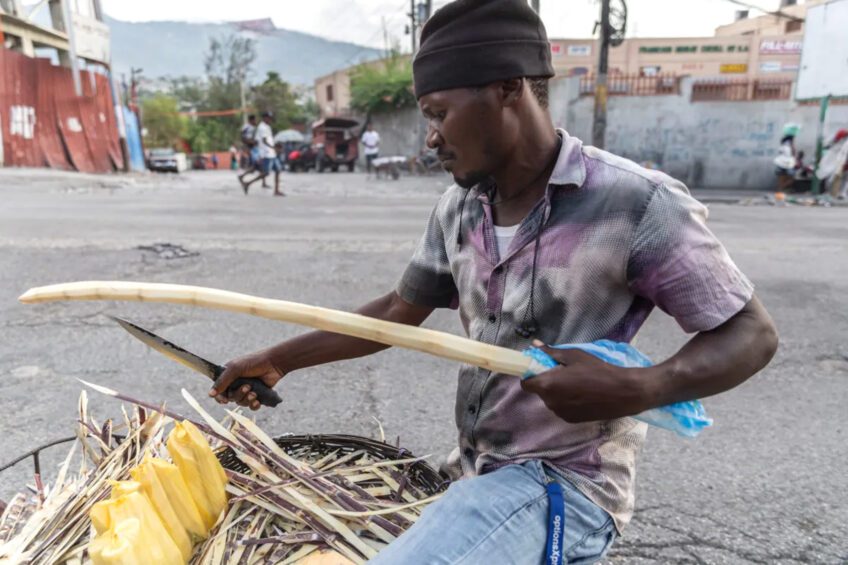

“Pedagogy without passion is meaningless,” Nicole Siverls declares. She is describing her social justice and inclusion curriculum for five- and six-year-olds at The Park School in Brookline.
Kindergarten may seem an early time to introduce such an advanced concept but Park’s diverse school community welcomes a wide array of families. Children of color comprise 37 percent of the student body, with an even higher proportion — 44 percent — in pre-kindergarten and kindergarten.
Windows and mirrors
These numbers allow children to be exposed to a variety of cultures and ethnicities. Siverls explains, “We have enough critical mass for members of minority groups to feel comfortable at school. Children’s literature that taps into social justice issues can provide windows and mirrors of life experience for my kindergarten students.” Each September, Siverls reads a wonderful picture book called “The Golden Rule.” On the last page, she reads the words “it begins with you,” and deftly steers students into discussions that delve into complex topics like race, religion, ethnicity, gender identity, family configuration and civil rights.
Race is actually a perfect topic for kindergarten because children notice visual differences between themselves and others naturally. Siverls strives to provide a safe space for children to discuss their observations. “We talk about how people may see you in one way on the outside, but that you are actually a completely different person on the inside,” Siverls explains. To illustrate this concept, she has each child make an outline of his or her hand. First, each child mixes tempera paint into his or her exact, individualized skin color. Then, the children write five adjectives that best describe their personalities and inner qualities.
The conversations that ensue from these picture books and art projects help make children very comfortable with the concepts of diversity and inclusion. Siverls’ kindergarten students come away with the understanding that we are all different, and that it’s OK to talk respectfully about our differences. Her students bring in photos of their families for a class discussion about similarities and differences that can include family size and configuration in addition to racial differences. Siverls helps her kindergarteners ask respectful questions when they are curious. Seeing his brown skin, one child asks another, “Is your dad African American?” He answers, “No, he’s from India.”
Experiencing and becoming comfortable with differences is one important way for children to navigate our diverse society and Siverls is somewhat of an expert on the subject. Before joining The Park School faculty, the Brooklyn native taught for many years in the multicultural neighborhood of Park Slope. She also spent two years in Seoul at the Korean International School and three years at the Colegio Maya American International School of Guatemala. This early childhood educator is passionate about learning cultures and languages and interacts with many families with international roots at Park.
Siverls makes a priority of creating a welcoming and inclusive environment for each child in her kindergarten classroom, which reflects the diversity of the larger Park School community. Forty percent of the children at Park live in Boston, with the remainder representing more than 30 cities and towns surrounding the city. “We have kids who live in Mattapan and kids who live in Chestnut Hill,” Siverls explains. “We want them both to feel valued and welcome and develop an awareness of different perspectives.”






